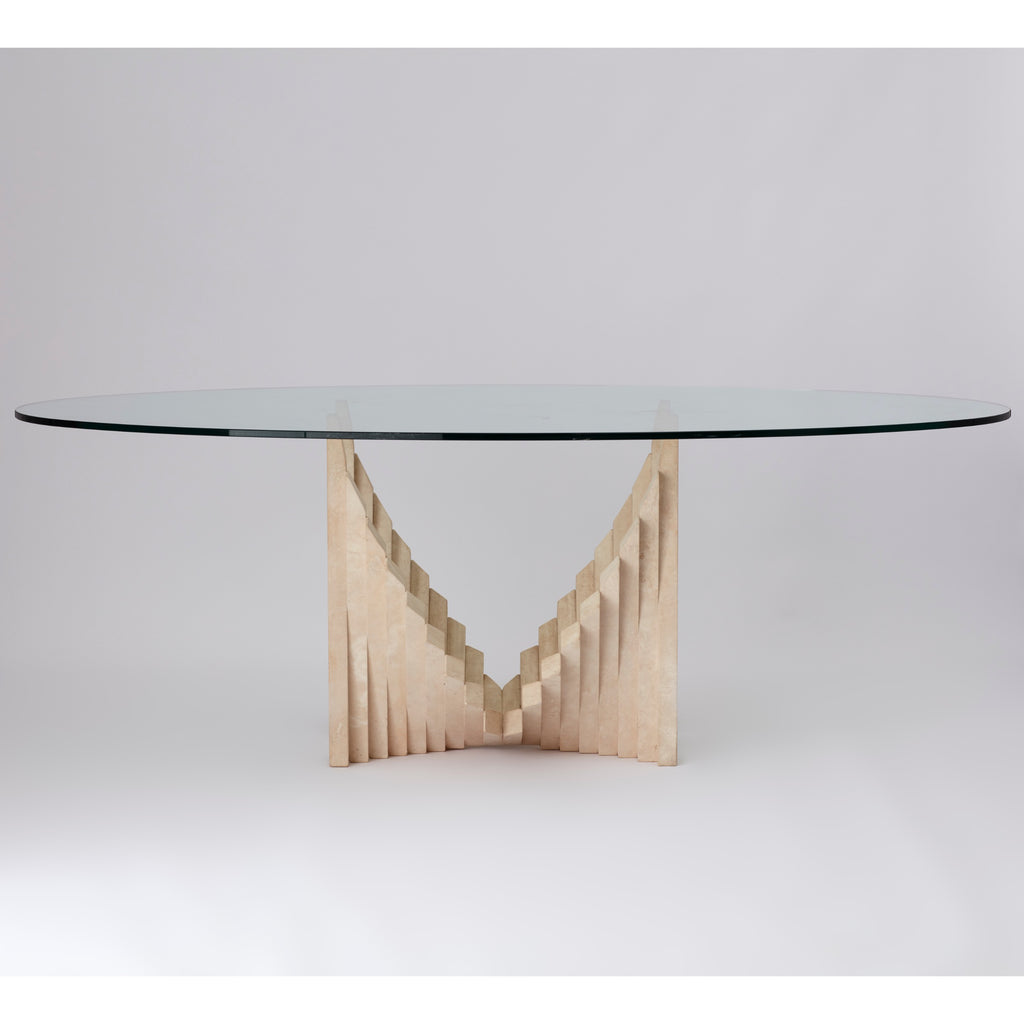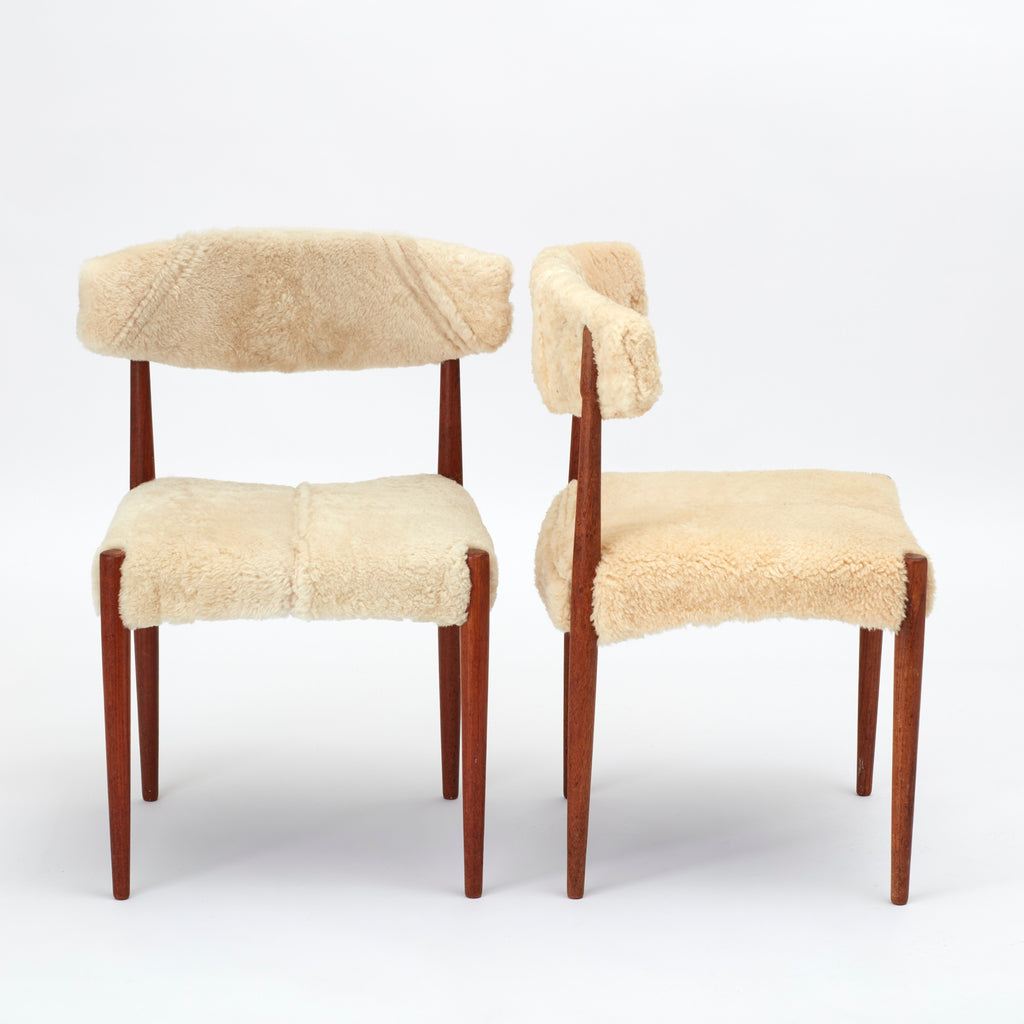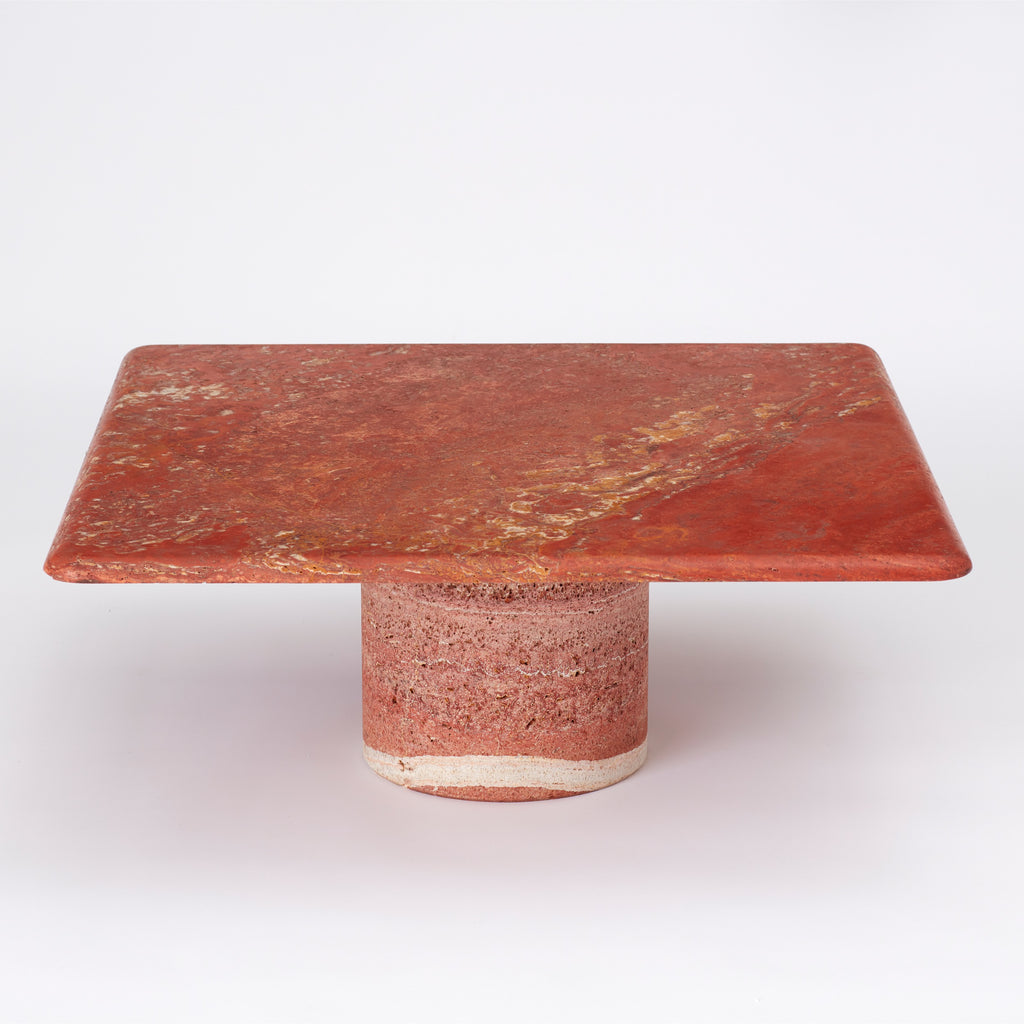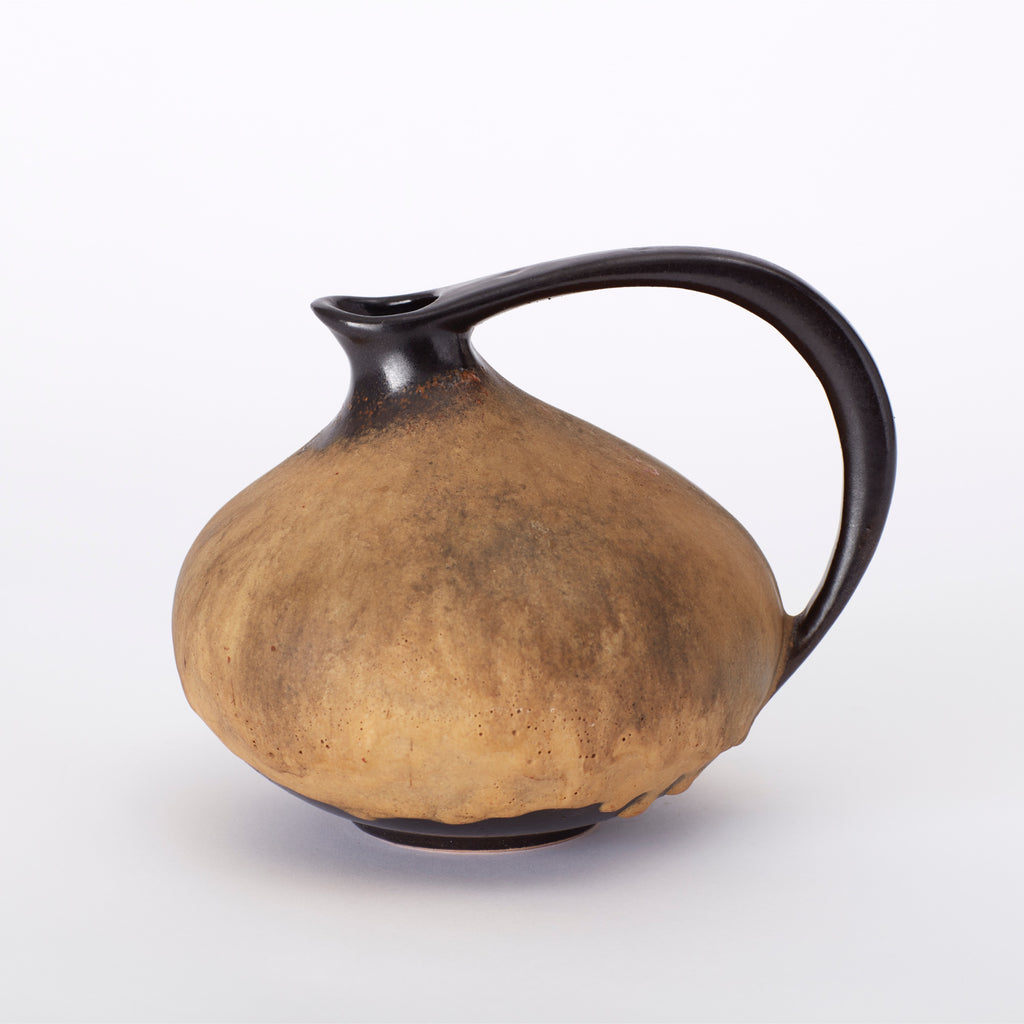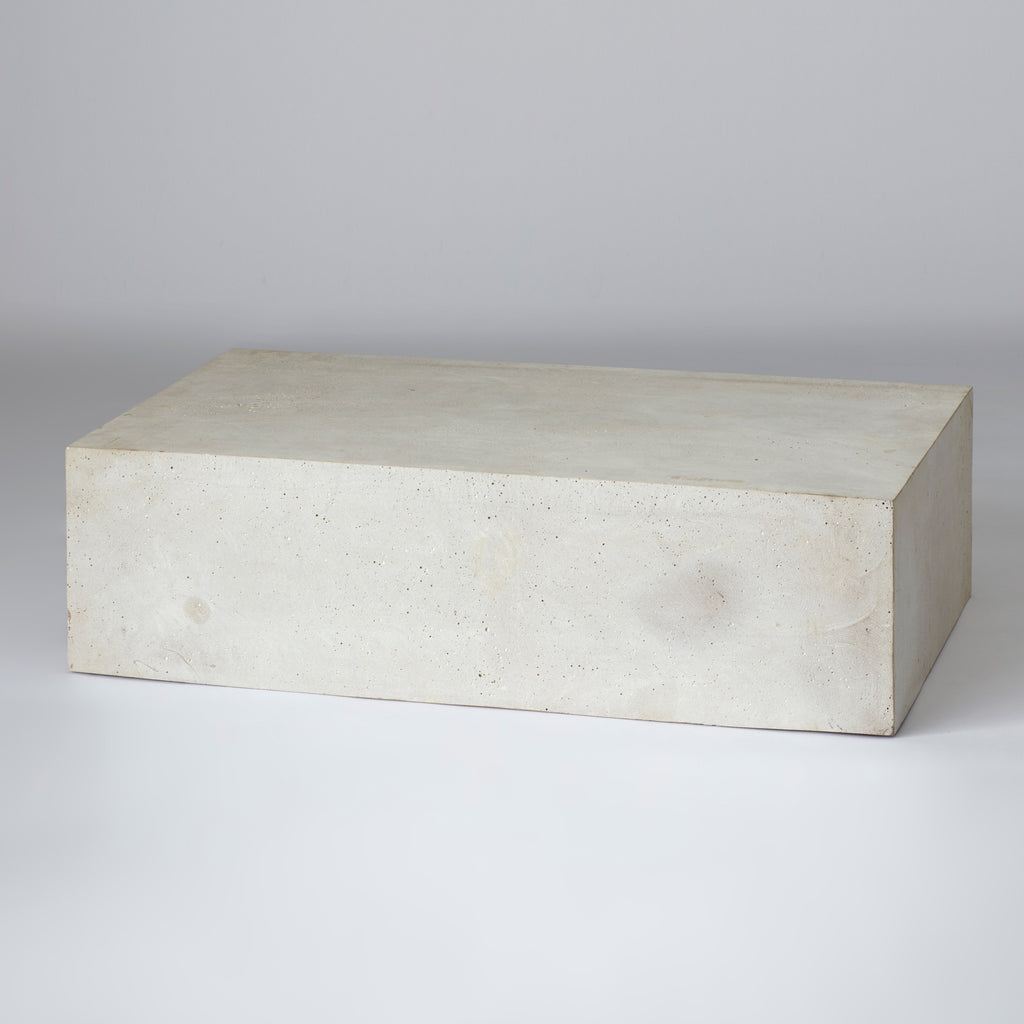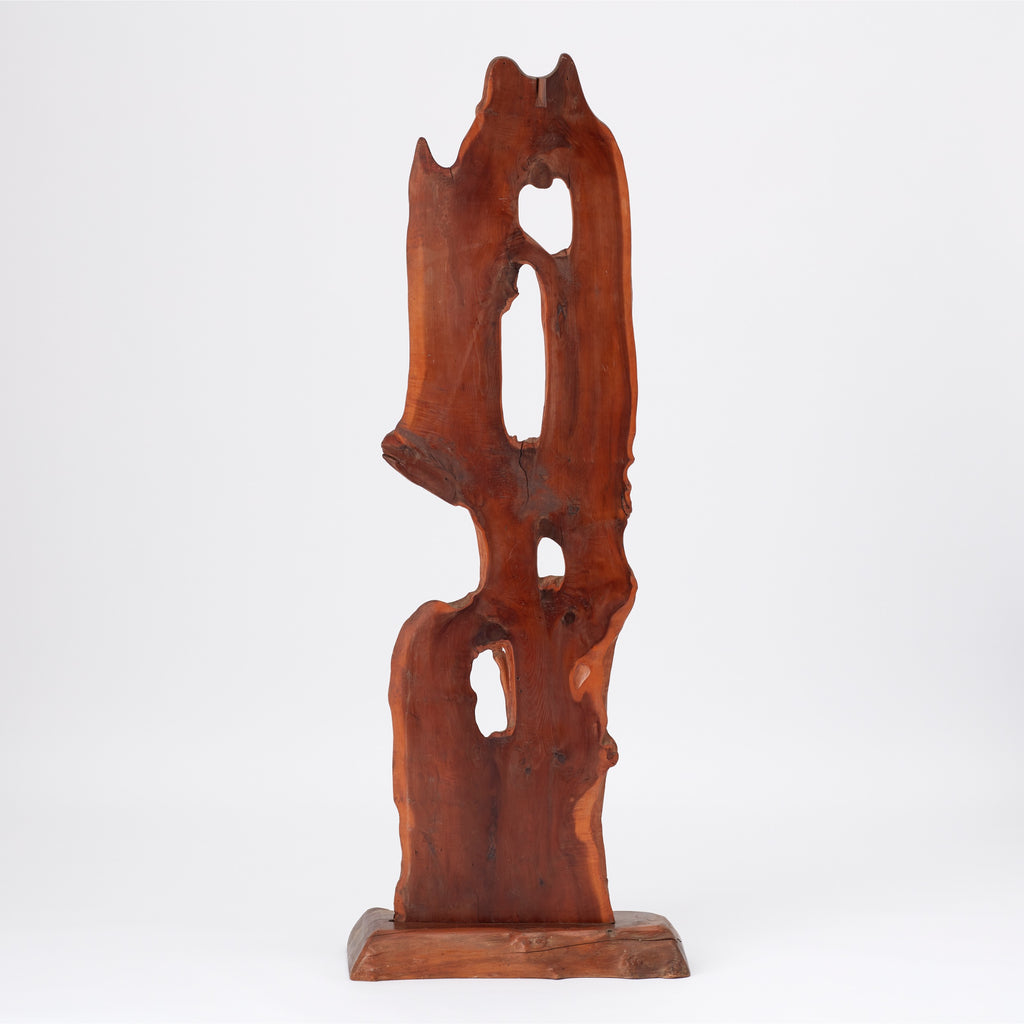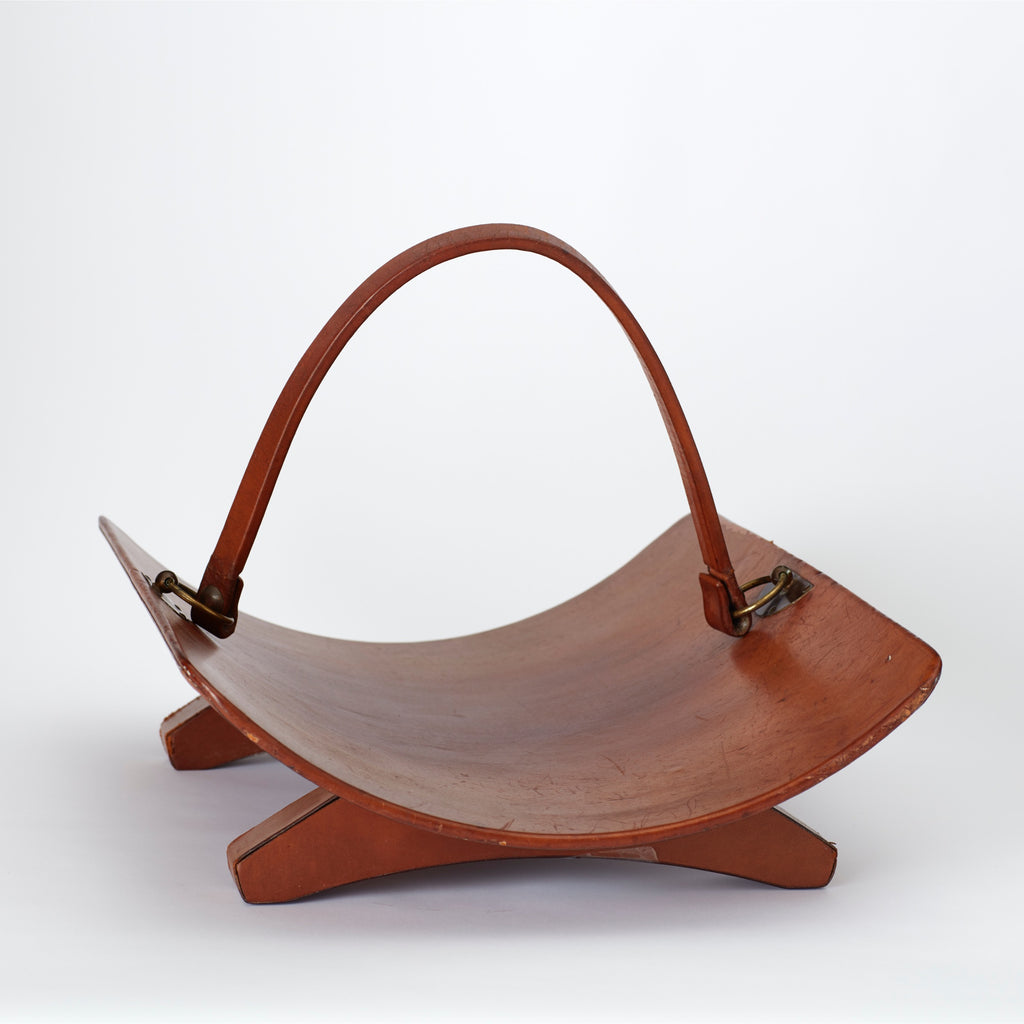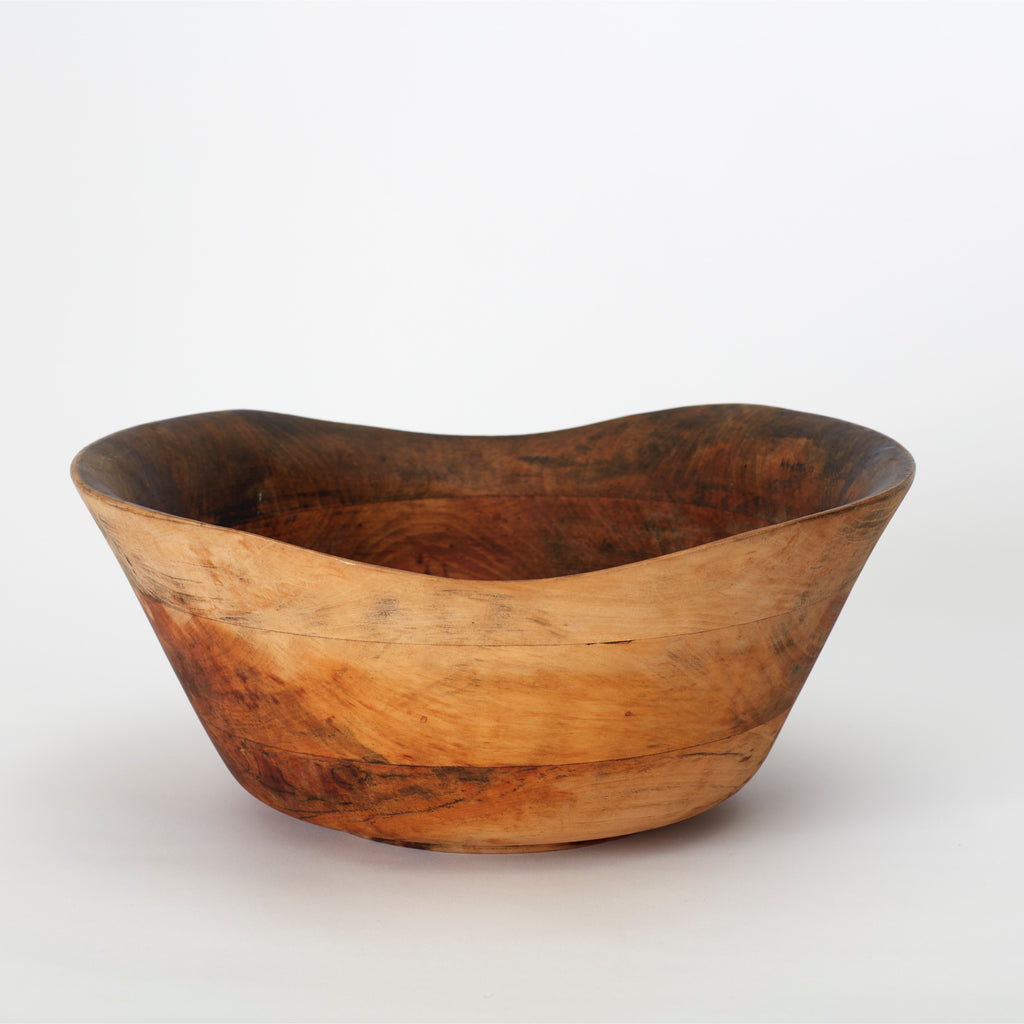AU Edit | Care and Attention
This weeks AU Edit centres on how to best look after marble, travertine, glass, linen, onyx and sheepskin. Treat investment pieces correctly and they will grow more beautiful with age and last for years to come.
Continue reading
